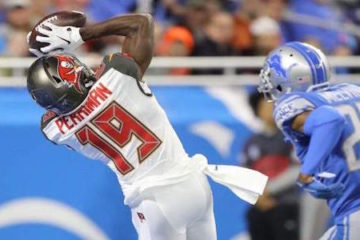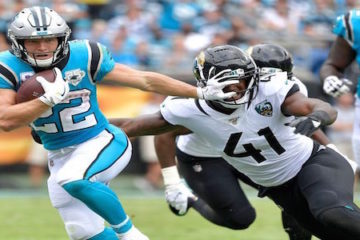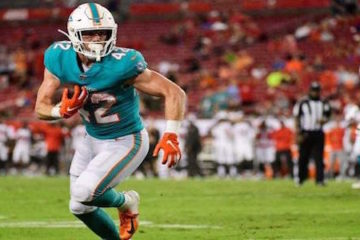The Injury Fix
We all have the resources to find out this information, but what are some solutions? To start we need to evaluate a few criteria:
- Current Roster Space (Open Bench Spots)
- Remaining Healthy Talent
- Position Strength
- Free Agents
- Type and Determined Length of Injuries
Many leagues tend to have 10-12 starting offensive players, and 5-7 starting pitchers / relievers. Playing in the popular H2H format, and having one of your starting players on the DL isn’t the end world. You’re only losing out on average21-23 at bats, or one pitching start. In a good week you may lose out on 9-10 hits, but on average it’s probably only 6-7. True…you miss out on some Runs RBIs and SB, but if your other players are firing on all cylinders it’s usually not substantial enough to matter. Very rarely do I lose my hitting categories by 1 Run or 1 RBI. Over the course of a 22-24 week season it is worth the risk to conservatively manage your moves. Think about it, if a guy steals 30 bases in a season that’s an average of 1.5 a week, if he has 100 Runs or RBIs that’s a hair more than 4 per week. My suggestion: do not to make rash pickups, and save your moves for when you really need them.
If the player who went down plays a position that is easily replaceable, then it’s worth considering replacing them altogether. Baseball injuries tend to be reoccurring, and nag the player throughout the season. This affects their efficiency, and makes them a long-term liability. I tend to take this approach with 3 & 4th tier players, not yearly tier 1 & 2 type talent. Players enjoying career years who have never made a splash like this before should also be considered a liability. Never be fooled by shallow past results, winning fantasy baseball is about calculating future predictability, not name recognition and short term performance. This year second base, catcher and shortstop are very top heavy with talent, and depth has been difficult to find.
Sometimes I feel like I’m in med school when I learn one of my players went on the DL with a new injury. It always drove me crazy when an injury like turf toe kept my starter out for 6 weeks. The most important thing I’ve learned is to always take the latter of the expected return dates. I believe doctors give 2 dates, one the player wants to hear, and one the team needs to prepare for. I’d rather plan for the worst, so if the dr. says 6-8 weeks go with the 8 weeks. Plus, the heart of today’s athlete just isn’t what it used to be.





